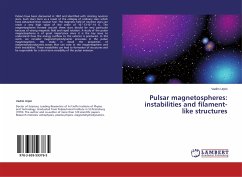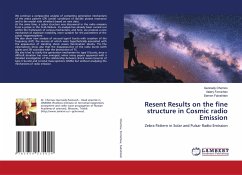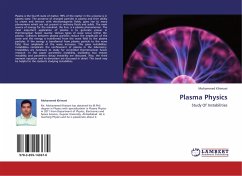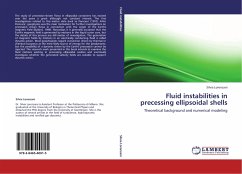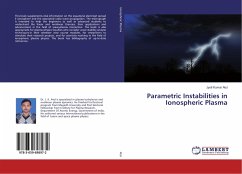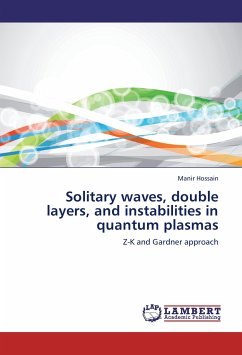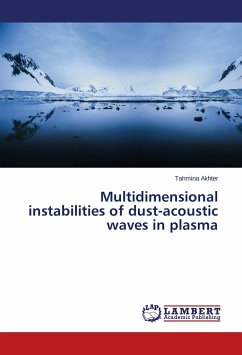Pulsars have been discovered in 1967 and identified with rotating neutron stars. Such stars form as a result of the collapse of ordinary stars which have exhausted their nuclear fuel. The magnetic field of neutron stars can reach a very high value of the order of 10^13-10^14 G. The magnetospheres formed around these stars should be very particular because of strong magnetic field and rapid rotation. A study of the pulsar magnetospheres is of great importance since it is the key issue to understand how the energy outflow to the exterior is produced. In this work, we consider magnetohydrodynamic processes in the pulsar magnetosphere. We study in detail the properties of magnetohydrodynamic waves that can exist in the magnetosphere and their instabilities. These instabilities can lead to formation of structures and be responsible for a short-term variability of the pulsar emission.
Bitte wählen Sie Ihr Anliegen aus.
Rechnungen
Retourenschein anfordern
Bestellstatus
Storno

